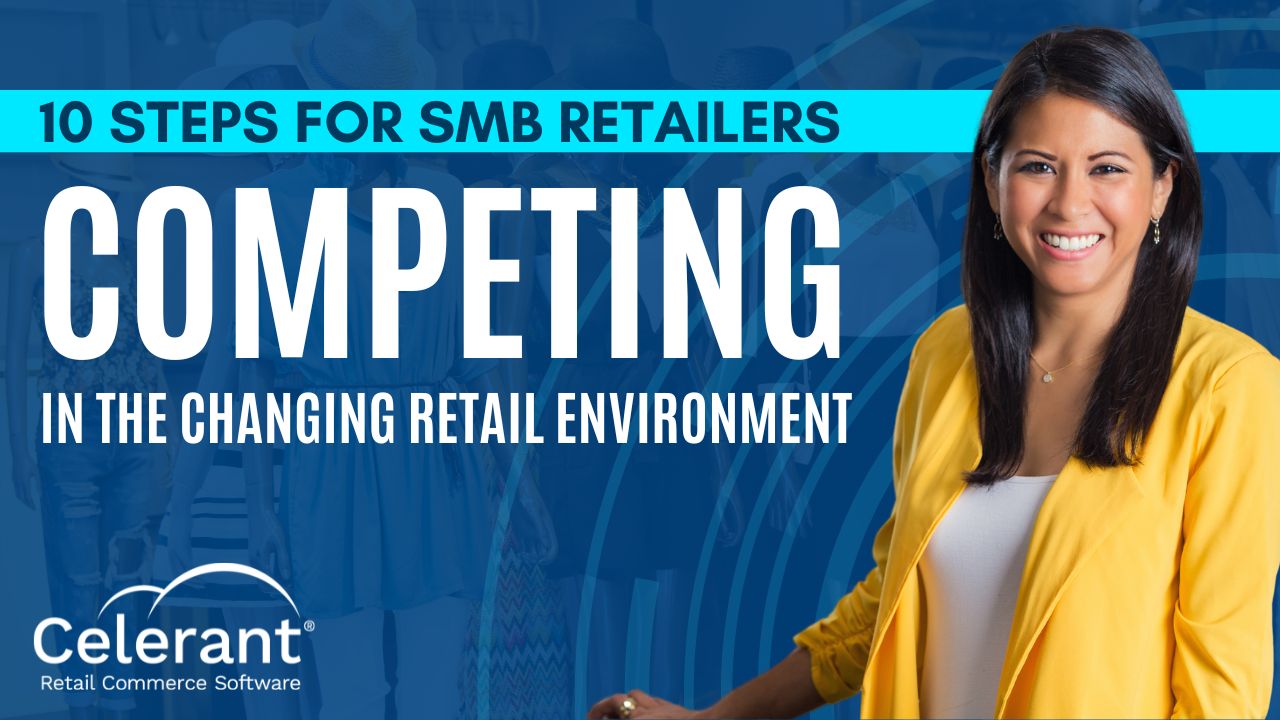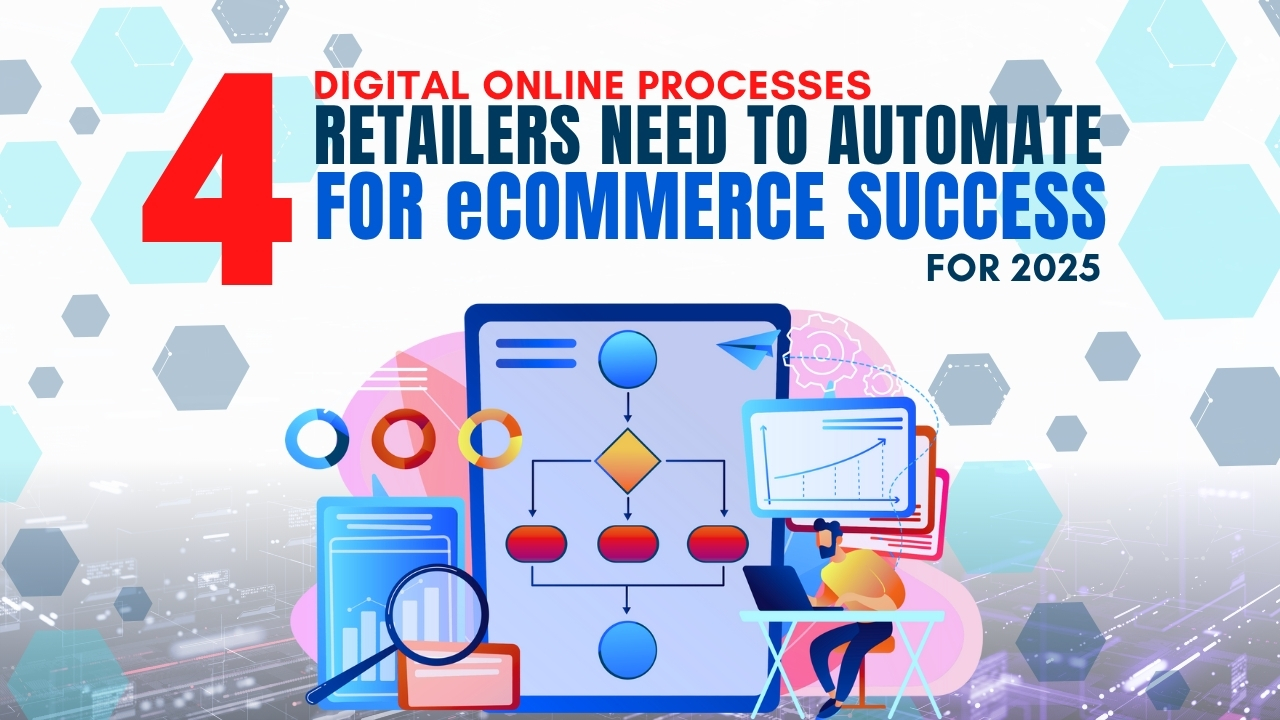Blog
10 Steps For SMB Retailers To More Effectively Compete
August 2, 2018 / 5 minute read / By Zoya Naeem

Blog

As the retail industry evolves, it becomes more and more challenging for SMB retailers to compete. Differentiating against big box retailers who are rapidly expanding into the mom-and-pop shop markets, as well as keeping loyal customers purchasing from your business as opposed to shopping online elsewhere, is not an easy task. To better compete in-store and online, omnichannel SMB need to maximize their access to current technologies and retail management systems.
Celerant’s retail technology experts compiled a Top Ten list of ways retailers boost sales, lower overhead costs, and increase customer flow and satisfaction.
Social media channels are the backbone to any company, whether online or not. Retailers utilize social media influencers, tagged, posts, and ads on every social media network to expand their reach to new markets through their own consumers. Letting the customers promote your product increases outreach and product credibility.
Videos are a full-picture and increasing in popularity branding tool, especially among millennials; showcasing the product, allowing for reviews, and a full/real picture of the product. This especially helps for the omnichannel approach for people to come into your store or visit online.
Another opportunity for the consumer to sell your product for you, is having online customer reviews available for all potential consumers to view and judge. Online reviews also increase content on your websites and all social media channels, which positively impacts your SEO. The easiest way to manage this is through automated emails sent to the customer immediately after purchase or delivery, to get a full picture of the experience immediately.
Consumers are always aware of retail benchmarks; they compare prices to other retailers; they read reviews before even entering the store; and can, now, pay using mobile devices. Companies should use a mobile retail POS for their retail management system in order to interact with these customers and immediately generate “good reviews”.
Shoppers generally have a spam filter full of automated emails, so personalizing these emails to their preferences will keep your company’s emails out of spam. This retail POS is more difficult to leverage, but personalizing likes, dislikes, and preferences will increase traffic to your website efficiently.
Almost all retailers have developed some kind of awards program that not only provides incentive to customers to shop at their store, but allows for them to track important metrics and data of flow into and out of their website. When a customer signs up for these loyalty programs, the company will get their age, demographic, location, and other important information to targeting brand outreach and products.
As the competition between retailers increases online, a companies’ SEO must be sustainable- regardless of intended outreach or audience. Effective SEO strategy allows for, you to increase web traffic, get more “clicks”, and sell more products.
Leveraging your vendors/distributors products and offering a wider variety of goods to your customers on your website eliminates the need to stock vendor merchandise by taking advantage of their live inventory on your site and sending directly to the consumer.
In today’s eCommerce climate, it is difficult to compete with the instant gratification some online retail stores can provide. Leveraging all your stores to reach the most customers as a fulfillment center, considering: Location, supply, promotional surpluses, specific shipment options, staff, and pickup/delivery frequency; optimizing how fast your customers receive their products, while minimizing cost, labor, and time.
Utilizing retail management system giants such as Amazon and eBay, means that your company is missing out on thousands of sales. Selling your product through this point of sale exponentially increases outreach. It also optimizes retail POS platforms because you will no longer directly deal with fulfillment requirements, payment, or customer service, especially with Amazon Prime, a wildly popular option among online consumers.
 Discover how GEO is reshaping search, and what smart retailers must do now to stay visible on AI-powered… |
 With more people shopping online than ever, SMB retailers need a plan to ensure the most conversions… |